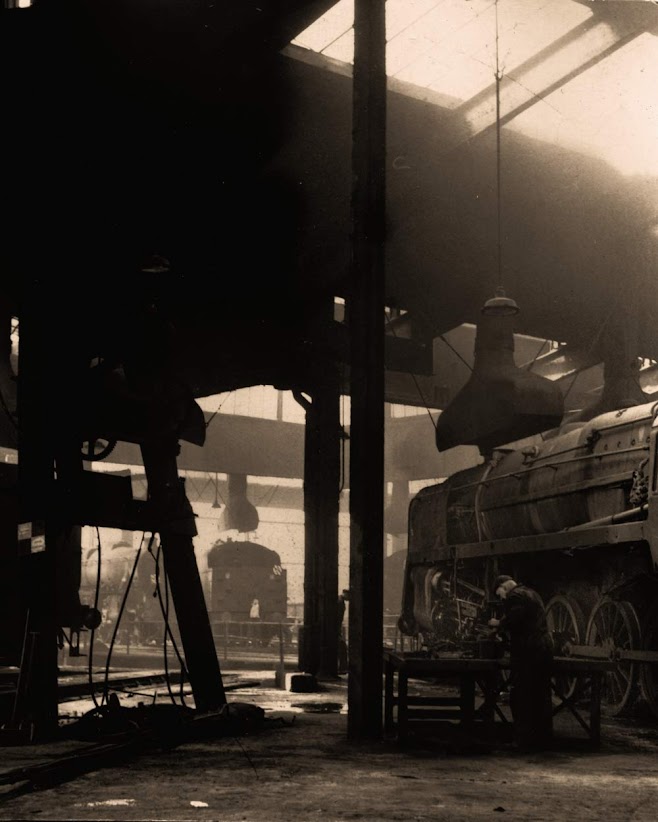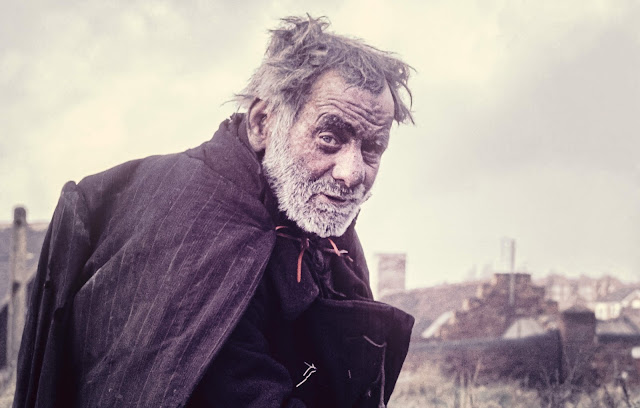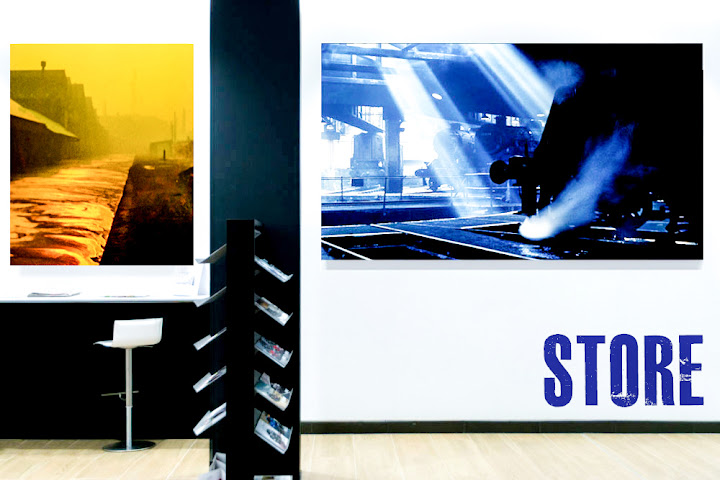Heritage Action Zone - Peter Donnelly Photographer – Images of Brierley Hill & Round Oak Steel 1960’s
Brierley Hill High Street Heritage Action Zone
The High Streets Heritage Action Zones is a Government funded project aimed at helping the recovery of local high streets.
The project ran from 2020 to 2024 and focused on the Brierley Hill High Street Conservation Area and a series of building projects (repair, architectural reinstatement and the bringing of vacant property back onto use) and public realm improvements to the gateways into the Conservation Area (around the Brierley Hill Civic Hall and the Grade II listed Brierley Hill War Memorial).
Running alongside the project there was a cultural programme led by Brierley Hill Community Forum and a programme of activities designed to engage with the local community.
Peter Donnelly was a renowned and highly awarded documentary photographer and poet who recorded the decline of industrial production and social change in the Black County during the 1960’s and 1970’s. With kind permission of his son, Simon Donnelly, we have gathered together a number of images and poems to create a pop-up display, part of the cultural programme led by Brierley Hill Community Forum designed to engage with the local community.
https://www.amazon.co.uk/Were-Yesterday-Birmingham-Photographs-Remembered/dp/1704391431
-2.jpg)
.jpg)
.jpg)











Comments
Post a Comment